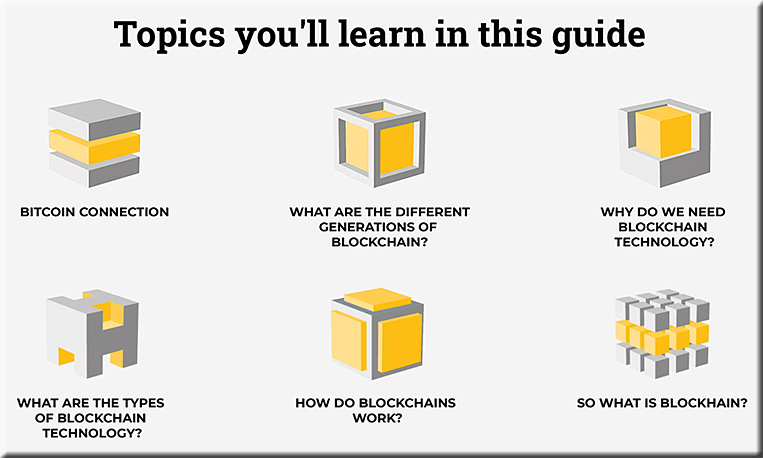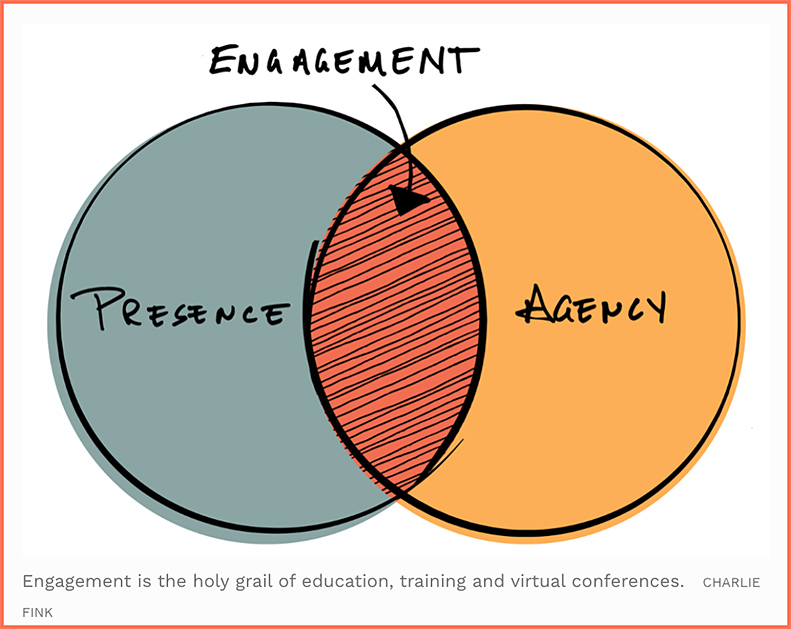Everything you need to know about animation-based learning — from elearningindustry.com by Huong Giang Bui
When people talk about education, they often stress the formal side of learning like delivering knowledge, getting high scores on exams, etc. But animation-based education is here to up the game, with animation you can get fun, practical, and informative learning all at the same time!
Excerpt:
What Is Animation-Based Learning?
While it sounds like it, animation-based learning is not all about visual materials. Rather, resources such as videos, infographics, and GIFs are used in tandem with existing resources when employing this method. This can be applied to many different fields, from scientific visualizations to corporate training schemes; from motion-graphic narratives used in primary courses to university-level demonstrations.












